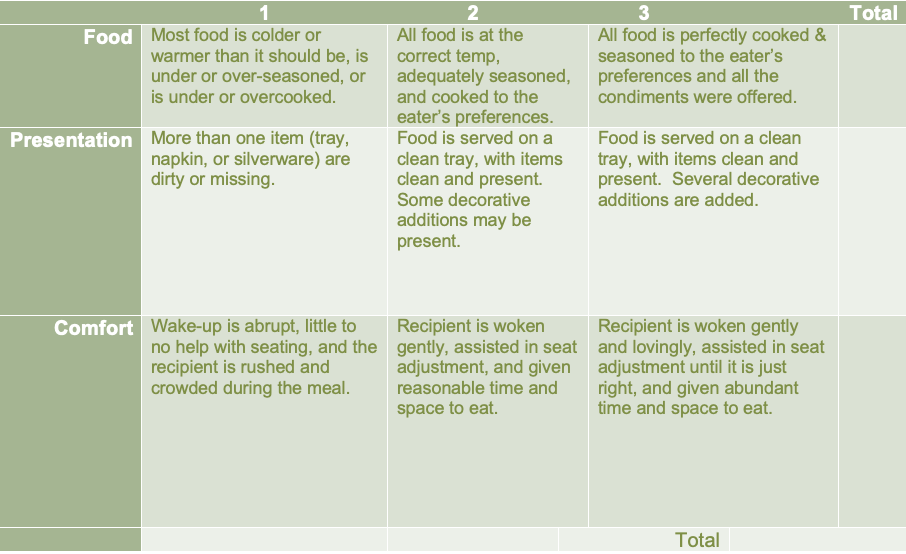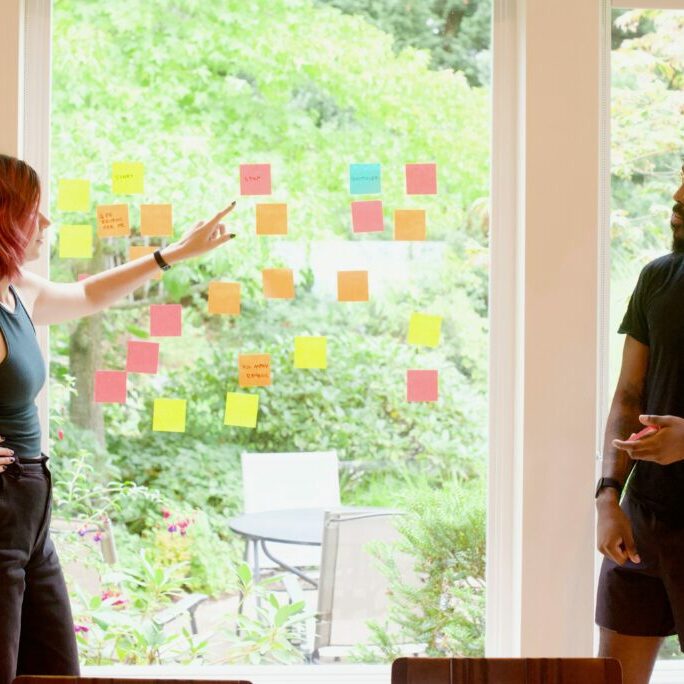
What is Influence Management?
Hopefully, at this point, we can all agree that Product as a discipline isn’t just one thing. It’s not just listening to your customers. It’s not just optimizing dev spend. It’s not just the newest design standard. It’s definitely NOT just a feature factory.
In my experience, developing digital products has been more about two things:
- How to receive and manage the thoughts and opinions of stakeholders, and
- How to uncover and manage the influence of certain stakeholders. (You know the ones.)
First of all, let’s talk a little about The HiPPO effect.
Highest Paid Person’s Opinion
The concept here is that if you allow the person with most opinion influence direct your business decisions, you will be highly driven by “authority bias” – which is the attribution of more significance to the opinion of someone in a position of power over data-driven or collaborative decision making.
Real talk? This is usually represented by senior executives in a business. It may not be about “pay” per se, but it is about sway which is sometimes correlated to how much someone is paid.
Even realer talk? If decisions in your organization are often made by deferring to the opinion of the person with the highest pay grade, you might want to continue reading. This could be costing valuable time and money.
Okay, I have one. Now what?
If you are a Product Manager, it’s crucial to understand that your HiPPO(s) can be your greatest ally or the reason you cry at night. If you have a stakeholder with major pull in your group, anything is possible. That includes negative impacts on outcomes.
Look, before I talk too openly, let me fully admit that I’ve been that person in the room who was deferred to because I was in a leadership position. Let me also say plainly, I have no issue with a senior person making a judgement call. That’s probably why they are in that position, they have a history of making good decisions.
The issue for me is if there is no empowerment or framework to evaluate different experiences or data by anyone on the team.
Repeatability is a key driver to beautiful outcomes.
Getting VIP stakeholders to agree to a method of evaluating all options presented against a common rubric is a way to avoid the HiPPO effect.
In innovation especially, there never feels like there’s enough time gather the right data, and most folks in the room probably have a ton of experience to add credibility to opinions (sometimes called wisdom).
The real cost driver here is on the back-end. If a lot of people on the team are resentful about a decision made, it’s usually because they are impacted negatively, or don’t agree with it. Resentment on a team leads to stale solutioning and poor communication. Think about it this way – Every day your team is out of synch you lose a day of revenue. Yikes.
Don’t worry, it can be a really simple solution. I like the Bed and Breakfast Rubric as an example.
What we have here are three simple things that are important to the customer experience at a Bed and Breakfast: Food, Presentation, Comfort. Next to each are three definitions of excellence with corresponding points.

You can replace food, presentation, comfort for the criteria for what your team thinks is important like environmental, economic, social, or data integration, customer support, scale. Creating the rubric with buy-in is half the hard work, but it helps show everyone what unshaped, shaped, and DEFINED scoring looks like.
Always Document & Date Decisions. Period.
Let’s chew the fat about governance a quick second. Now that we have a common way of looking at things, let’s start looking at them together. Raise concerns, voice support, score and make decisions together. Give decisions enough sticking power to see it through the first checkpoint. But don’t be afraid to call an audible and ask your team for a re-think.
Harness the HiPPO
Common method to evaluate, check. Meeting on the books, check.
As the architect of the method, you can use the rubric to work with any particular stakeholder to punch up the definition of excellence. Disciplined evaluation may seem like the opposite of creativity, but you’ll be surprised how quickly the popcorn starts popping when you show people how to score more points.
The thing about influence is the more you share, the more you have. Harnessing influence to guide multi-faceted strategy? That’s next-level.







